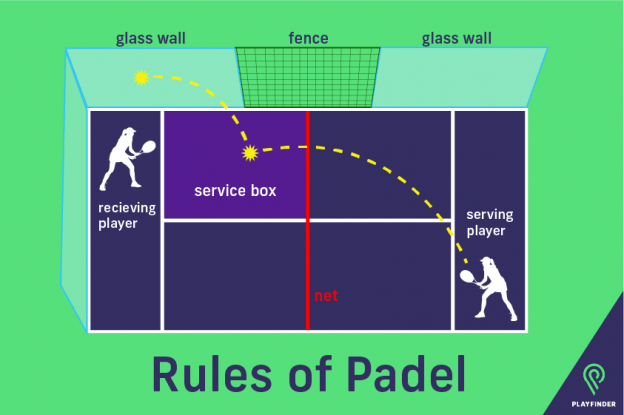Guide | How is a Cricket Ball made?
16 August 2019 • By - Harry Thompson
With the 2nd Ashes Test being played at Lord’s this week, England face an uphill battle to regain the urn after a comprehensive defeat in the opening game at Edgbaston. After being in an extremely strong position after day 1, the hosts capitulated to a 251-run defeat largely thanks to a phenomenal bowling performance from Nathan Lyon and a faultless batting display from the irremovable Steve Smith, who scored a hundred in both innings whilst enduring a hostile reception in Birmingham for his role in ‘sandpaper gate’.
During the 1st Test, there was much controversy surrounding the cricket ball. Both sides were continuously attempting to change the ball in the hope a different one would provide more assistance either in the air or off the pitch. Why would a different ball perform any better? Well, no two Dukes’ balls are completely identical, which we’ll discover when we look at exactly how a cricket ball is made.
There are different variations of cricket balls used around the world. For example, most cricketing nations in the southern hemisphere use the Kookaburra brand. As The Ashes is being held in England this year, we’ll look at how the Dukes ball is made, as it’s currently being used by both sides bowling attack.
ASHES: #DukesCricket loving the #cricket on display at the #Ashes2015! #ENGvAUS #Ashes #cricketball pic.twitter.com/GGg5RffXs0
— Dukes Cricket (@Dukes_Cricket) 10 July 2015
Cricket Ball Production
As far as the manufacturing process goes, it’s (fairly) straightforward, to understand at least. However, the art of making a Dukes ball requires a high degree of skill and time. On average, it takes around 3.5 hours of human labour to produce just one ball.
The core of the ball is made up of machine pressed cork and rubber, which is very dense to ensure the weight of the ball is optimal. Due to the meticulous attention to detail by Dukes, they specially import the rubber from Malaysia which is thought to be of the highest quality. The cork and rubber centre is then tightly wound in string, ensuring the ball is spherical. With us so far?
The most important aspect of a cricket ball and one that sets Dukes apart from any other manufacturer in the world, is the leather applied to the exterior. Dukes balls have the reputation of being the most durable due to the thickness of specially imported leather (compressed to around 4mm thick). Four pieces of the leather – 1/4 of a sphere each – are carefully hand-stitched together to form the outer layer of the ball. The white seam that holds the ball together runs around the circumference of the ball is conducted entirely done by hand. The difference to other manufacturers is that thread is wound around the ball six times, making the seam more pronounced. A more pronounced seam makes it more likely the ball with deviate off the surface, assisting the bowlers.
Finally, the ball needs a polish to make sure it appears in pristine condition. The leather, after already being pre-soaked in synthetic grease, receives another polish to complete the arduous manufacturing process.
Post-production
Unlike football, rugby, tennis or almost every other sport, two cricket balls will never be exactly the same. The cork will be compressed to slightly different densities, the thickness of the leather will differ ever so slightly from ball A to ball B. The stitched seam may look identical on every ball, but as it is done by hand there will of course be natural variations. With all that in mind, each finished product must undergo a series of tests to make sure it is ready, and fair, to be used at the highest level of the game.
The shape of the ball is tested first. It’s intended that the ball with be perfectly round, or as close to as possible. The Dukes must pass through a metal hoop in order to ensure its spherical dimensions. If successful, the weight of the ball must then be measured. It must register between 156-163 grams to be deemed acceptable for play. Finally, the bounce of the ball comes into question. The Dukes is dropped onto a special surface, (nothing too abrasive that would potentially damage the 3.5 hour creation!) if the rebounding range is sufficient, then the cricket ball is (nearly) ready to be used in a Test match.
Finally, the owner of Dukes, Dilip Jajodia will check every approved ball himself and recommend which should be used in upcoming fixtures.
COME ON ENGLAND!! 🦁🦁🦁
🏏 Second @Specsavers Ashes Test
🆚 Australia
⏰ 11am (UK)
📍 @HomeOfCricket
📺 @SkyCricket
📻 @bbctms
#️⃣ Ashes
📲 https://t.co/koVgTl9Q5kPredictions? pic.twitter.com/INx7aHKsST
— England Cricket (@englandcricket) August 14, 2019
Has reading this guide made you want to practice your batting or bowling using a Dukes ball? Find and book a local cricket pitch or nets here!




